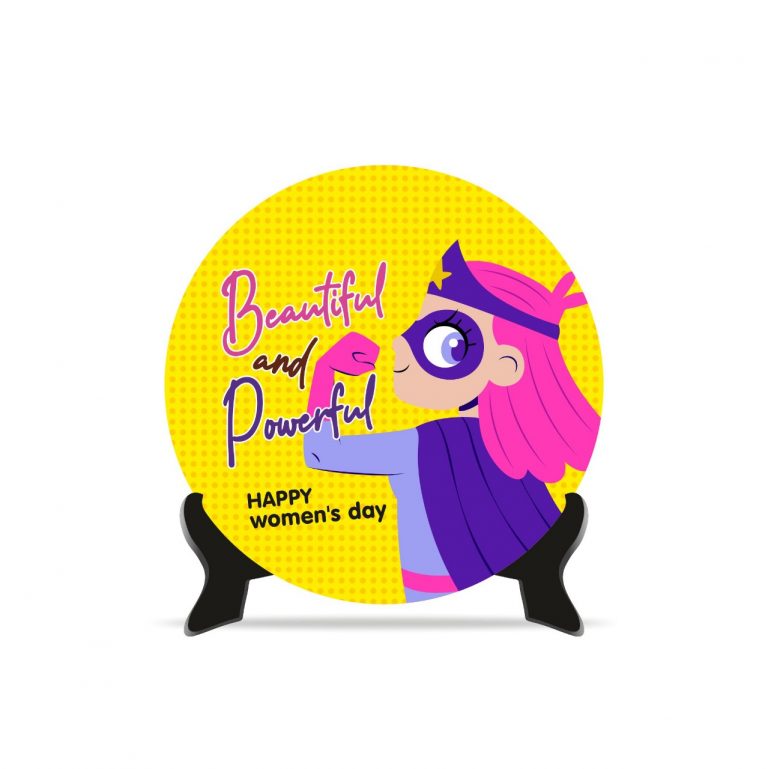Transparent communication is the cornerstone of a successful modern workplace. Surveys are a powerful, formal mechanism that HR and business leaders use to build and maintain this transparency. They create a structured, safe channel for genuine, two-way dialogue between an organization and its workforce.
This process is not about simply gathering data; it is about demonstrating to every employee that their perspective is essential. When done correctly, surveys move an organization beyond mere communication to a culture of true openness and accountability.
Establishing Trust Through Anonymity
Employee surveys are uniquely positioned to foster an environment of trust because they offer anonymity. This feature is critical for honest feedback.
- Many employees hesitate to voice critical feedback in face-to-face settings. This fear can stem from concern about negative consequences or being judged.
- Anonymous surveys provide a psychologically safe space. When employees feel protected, they are more likely to share honest, candid insights about sensitive topics like management effectiveness, company culture, or overall satisfaction.
- This unfiltered input is vital. It reveals hidden problems and underlying organizational issues that traditional communication methods often miss.
The very act of giving employees a voice, with a guarantee of privacy, is a profound act of transparency on the part of the organization.
Creating a Two-Way Information Flow
Transparent communication is a two-way street, and surveys formalize the employee-to-leader path. They ensure that information doesn’t just flow downward.
- A 2024 Deloitte survey found that 86% of HR and Business leaders worldwide acknowledge a connection between leadership transparency and employee trust.
- Surveys formalize the process of active listening. They send a clear message: leadership genuinely wants to know what’s happening on the ground.
- The results give leaders data-backed understanding. This replaces assumptions about employee sentiment with quantitative and qualitative insights, which are the basis for informed decision-making.
By regularly fielding surveys-whether annual engagement polls or frequent pulse checks-companies institutionalize a constant feedback loop, which is the engine of a transparent culture.
Turning Data into Visible Action
The true test of a survey’s contribution to transparency is what happens after the results are collected. Transparency is not just in the asking; it is in the acting and reporting.
Closing the Loop
- Organizations must share the key findings of the survey openly with the workforce. Withholding results, especially negative ones, destroys the very trust the survey aimed to build.
- Sharing should be done strategically. It means presenting not only the scores but also a clear action plan detailing how the company will address the major themes and pain points identified.
- This follow-through demonstrates accountability. When employees see changes-policy adjustments, new training, or improved communication methods-that directly respond to their feedback, they see transparency in practice.
The Business Case for Openness
This commitment to transparency has a measurable business impact.
Related Posts
- Research published in the Harvard Business Review showed that organizations with high transparency outperform their peers by 20% in employee engagement.
- This high engagement translates into tangible gains, including higher profitability and a reduction in turnover rates, sometimes as high as 47%.
- When employees understand the rationale behind company goals and decisions, they are better able to align their work, leading to increased productivity.
Refining Communication Channels and Content
Surveys aren’t just for gauging engagement; they are effective tools for auditing the effectiveness of the entire internal communication strategy. They help HR and communications teams understand where the flow of information is breaking down.
- Surveys can specifically ask about the clarity, frequency, and timeliness of updates from management and executive leadership.
- They help identify channel preferences. For example, are important updates being missed because they are sent via email when the workforce prefers a team messaging platform?
- Feedback can pinpoint content gaps, revealing if employees feel they lack adequate information on company performance, strategic objectives, or changes in policy.
The data gathered allows for strategic adjustments-whether shortening email updates or increasing the frequency of leadership town halls-to ensure that the right message reaches the right people at the right time.
Schools and educational institutions can apply similar principles of feedback and communication to support student success. When you hire an IEP case manager, it enables better collaboration between teachers, parents, and administrators, ensuring that students with individualized education plans receive the attention and resources they need to thrive.
Surveys as a Foundation for building Amazing Workplaces
For organizations committed to becoming an Amazing Workplace, surveys are more than an HR exercise. They are a foundational tool for a culture where openness is standard practice.
They transform a simple request for opinions into an ongoing, visible partnership between employer and employee.
By systematically collecting feedback, acting on it, and reporting the outcomes, companies create a virtuous cycle that reinforces trust, drives accountability, and makes transparent communication an undeniable daily reality.
Disclaimer: This article is for informational purposes only. While efforts are made to ensure accuracy, readers should verify information and seek professional advice as needed.









